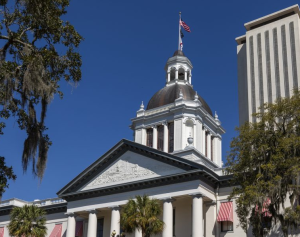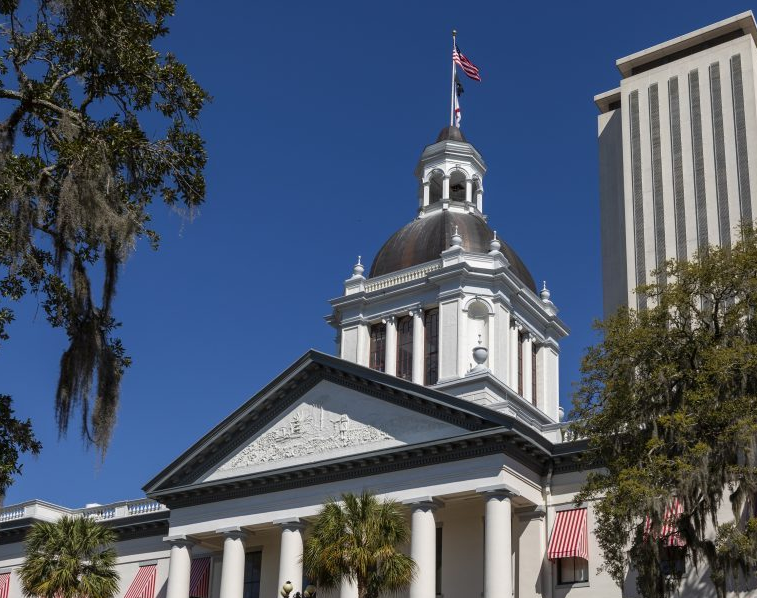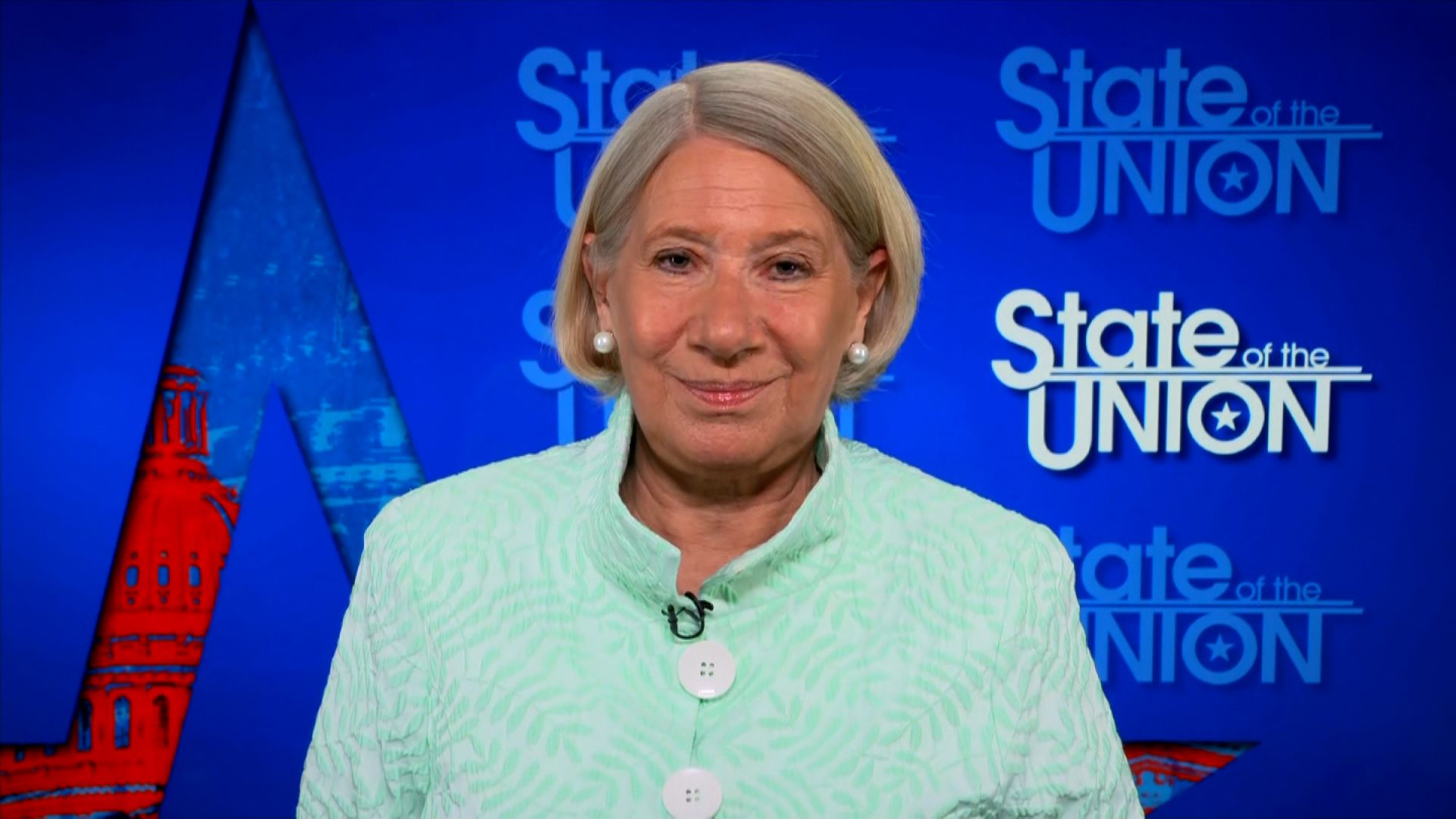Several states held elections on April 1, mostly on the local/county level, but some had nationwide significance, as was the case for the Wisconsin Supreme Court. While turnout is almost always relatively low for off-year elections, there are a points of information which can be drawn from some of the elections.
In Wisconsin
The most well known election on April 1 was the Wisconsin Supreme Court fight in which Susan Crawford defeated Brad Schimel. The turnout for the race was easily the highest for an off-year in Wisconsin history, hitting 52%, well over the 40% turnout for 2023. Another record was set on spending for the election, hitting over $100 million.
It’s difficult to tell what exactly was the cause of the nearly 9-point swing in only 5 months. One could argue it could be a backlash against what could be seen as national-level involvement in a state-level race. It could also be a legitimate shift in attitudes two and a half months into a new administration. In those two and a half months, the stock market has taken a noticeable drop, the infamous “egg prices” have not moved much across the country and Congress has been stymied by members of both parties.

In Florida
Both special elections in Florida were in districts which are considered heavily Republican-leaning. Trump won about 65% of the vote in Florida’s 6th district and about 68% of the vote in the 1st district. Just 5 months later, those margins were shaved to 56.7% and 57% respectively, signaling about a 10 point drop from the presidential election, for Republican candidates to the House.
There are still 19 months until the midterm elections, and a lot can change in that time, though a drastic margin of victory drop in relatively safe Republican areas has to be concerning to the current administration.
Around the Country
Thousands of local, county and school board seats were up for election on the 1st. On a hyper-localized level, results were relatively mixed, though did seem to at least slightly favor Democrats/liberal-leaning candidates, and those promising change. In Aurora, Illinois, the second largest city in the state, a contentious mayor race broke for the liberal challenger in an area which is traditionally purple. In Jackson, Mississippi, the embattled incumbent mayor, facing federal bribery charges, will be forced into a runoff with a state senator, who received nearly three times as many votes as the current head of the city.
There does seem to be momentum forming for a shift in the overall electorate to the left, which isn’t always a shock. It’s not unusual to see a shift away from whichever party is in the White House on non-presidential voting years. However, a relatively strong shift only months after the election may be a bellwether for bigger changes coming down the line. Plenty can change in 19 months when 33 Senate seats and the entire House is up for re-election. Time will tell if the change in attitudes stick, or if it is just a regression to the mean.




